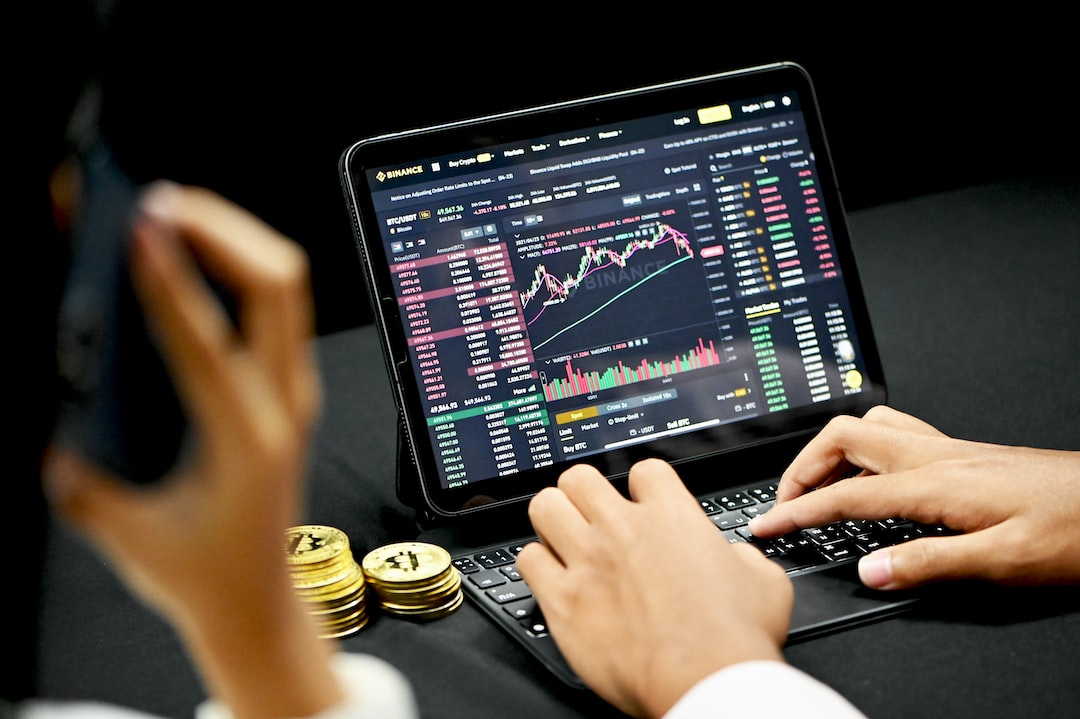Forex, or foreign exchange, is the largest financial market in the world, with an estimated daily turnover of $5.3 trillion. Trading in forex involves buying and selling currencies in order to make a profit. It can be a lucrative way to make money, but it also comes with risks. In this article, we will discuss how to trade in forex.
Step 1: Learn the Basics
Before you start trading in forex, it is important to understand the basics. You need to know what currency pairs are, how they are quoted, and how to read forex charts. You also need to understand the concept of leverage and margin, which are essential to forex trading.
Currency pairs are the two currencies that are being traded against each other. For example, the euro and the US dollar (EUR/USD) is a currency pair. The first currency in the pair is the base currency, while the second currency is the quote currency. When you buy a currency pair, you are buying the base currency and selling the quote currency.
Forex charts are used to track the price movements of currency pairs. They show the historical prices of currency pairs over a certain period of time. You can use these charts to identify trends and patterns in the price movements, which can help you make trading decisions.
Leverage is a tool that allows you to trade with more money than you actually have in your account. It magnifies your profits, but it also magnifies your losses. Margin is the amount of money that you need to have in your account in order to open a position. It is a percentage of the total value of the position.
Step 2: Choose a Broker
In order to trade in forex, you need to have a broker. A broker is a company that provides you with a trading platform and access to the forex market. There are many forex brokers to choose from, but you should choose one that is regulated by a reputable authority, such as the Financial Conduct Authority (FCA) in the UK or the Commodity Futures Trading Commission (CFTC) in the US.
You should also look for a broker that offers low spreads, which are the difference between the bid and ask prices of a currency pair. Low spreads mean that you can enter and exit trades at a lower cost.
Step 3: Develop a Trading Strategy
A trading strategy is a set of rules that you follow when you trade in forex. It includes your entry and exit points, risk management rules, and profit targets. A trading strategy should be based on your trading style, risk tolerance, and financial goals.
There are many different trading strategies to choose from, such as trend following, breakout trading, and scalping. You should choose a strategy that suits your personality and trading goals.
Step 4: Practice with a Demo Account
Before you start trading with real money, you should practice with a demo account. A demo account is a simulated trading account that allows you to trade with virtual money. It is a great way to test your trading strategy and get familiar with the trading platform.
Most forex brokers offer demo accounts, and they usually come with all the features of a real trading account. You can use the demo account for as long as you need to, until you feel confident enough to trade with real money.
Step 5: Start Trading with Real Money
Once you have practiced with a demo account and feel confident in your trading strategy, you can start trading with real money. It is important to start with a small amount of money and gradually increase your position size as you gain experience.
You should also follow your trading plan and stick to your risk management rules. Don’t let your emotions take over and make impulsive trades.
Conclusion
Trading in forex can be a lucrative way to make money, but it also comes with risks. To be successful in forex trading, you need to learn the basics, choose a reputable broker, develop a trading strategy, practice with a demo account, and start trading with real money. Remember to always follow your trading plan and stick to your risk management rules.





